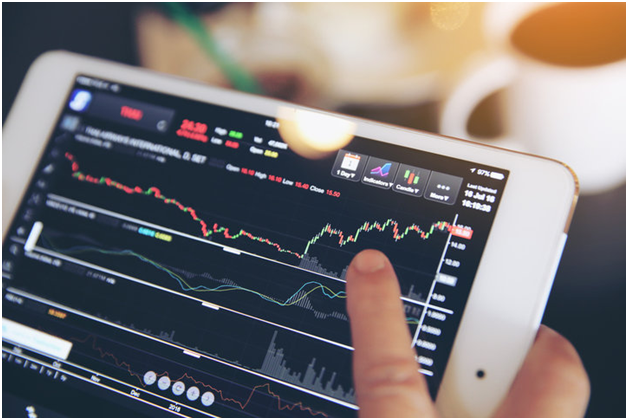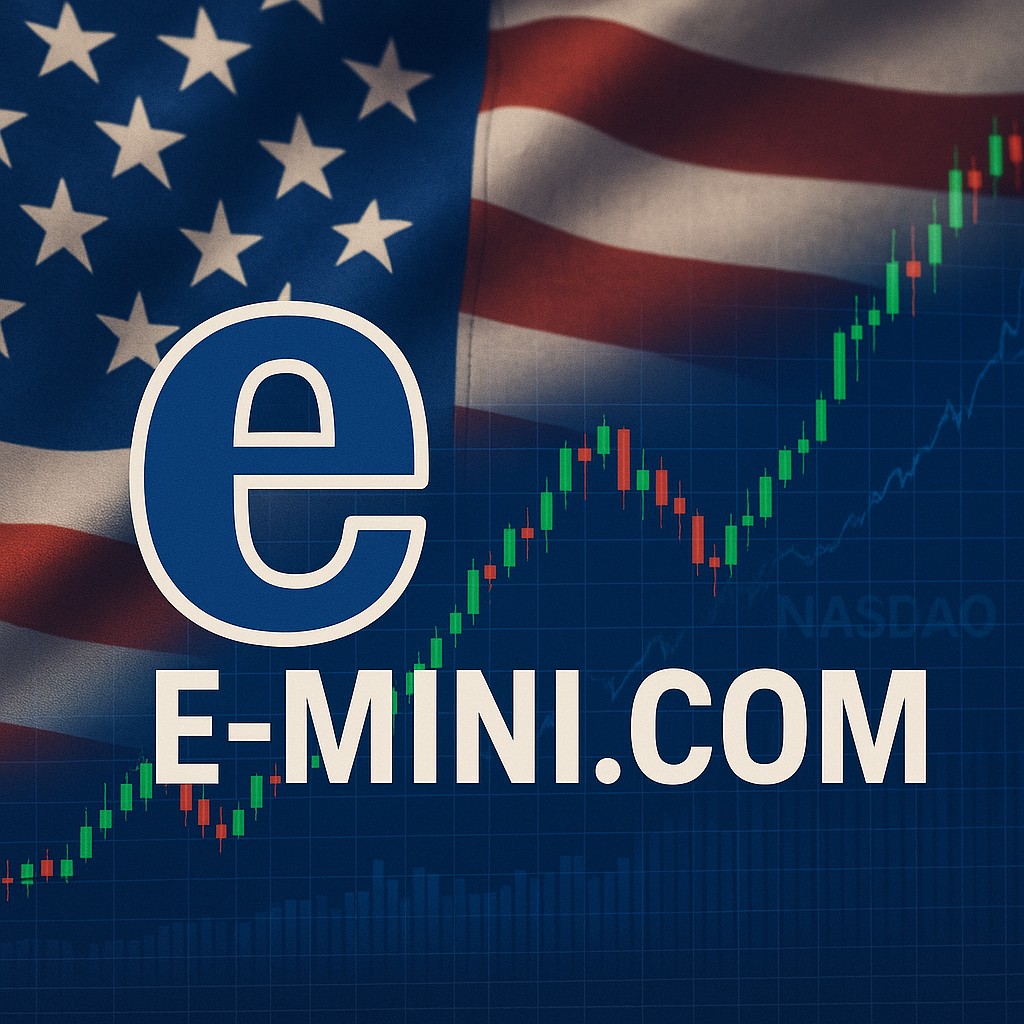E-Mini and Micro Futures contracts have revolutionized the futures trading market by offering smaller contract sizes, making them accessible to a broader range of traders. This guide aims to provide an in-depth understanding of trading E-Mini and Micro Futures contracts, covering essential concepts, strategies, and practical tips. Whether you’re a novice or an experienced trader, this book will help you navigate the intricacies of these popular futures contracts.
What Are E-Mini and Micro Futures?
E-Mini Futures
E-Mini Futures are electronically traded futures contracts that represent a fraction of the value of standard futures contracts. They were introduced by the Chicago Mercantile Exchange (CME) in the late 1990s to provide smaller, more manageable contract sizes for traders. The most well-known E-Mini contract is the E-Mini S&P 500, which tracks the S&P 500 stock index.
Micro Futures
Micro Futures are even smaller versions of E-Mini contracts, introduced to make futures trading accessible to retail traders with limited capital. These contracts are typically one-tenth the size of their E-Mini counterparts. For instance, the Micro E-Mini S&P 500 contract is one-tenth the size of the E-Mini S&P 500 contract, offering even more flexibility and lower margin requirements.
Key Features and Benefits
Smaller Contract Sizes
Both E-Mini and Micro Futures offer smaller contract sizes compared to standard futures contracts. This feature makes them accessible to traders with smaller account balances, reducing the risk and financial commitment required to participate in futures markets.
Lower Margin Requirements
E-Mini and Micro Futures require lower initial margin deposits, allowing traders to control larger positions with less capital. This leverage can amplify potential returns but also increases the risk, necessitating careful risk management.
High Liquidity
These contracts are highly liquid, meaning there are always buyers and sellers available to facilitate trades. High liquidity ensures tight bid-ask spreads, reducing trading costs and slippage.
Electronic Trading
Both E-Mini and Micro Futures are traded electronically on the CME Globe x platform, offering nearly 24-hour market access. Electronic trading provides transparency, faster execution, and greater accessibility for traders worldwide.
Popular E-Mini and Micro Futures Contracts
E-Mini S&P 500 (ES)
The E-Mini S&P 500 is the most popular E-Mini contract, representing a fraction of the value of the S&P 500 Index. It allows traders to speculate on the overall performance of the U.S. stock market.
Micro E-Mini S&P 500 (MES)
The Micro E-Mini S&P 500 is one-tenth the size of the E-Mini S&P 500, making it even more accessible to retail traders. It provides a cost-effective way to trade the S&P 500 Index.
E-Mini Nasdaq-100 (NQ)
The E-Mini Nasdaq-100 tracks the performance of the Nasdaq-100 Index, which includes 100 of the largest non-financial companies listed on the Nasdaq Stock Market. It is popular among traders who want exposure to the technology sector.
Micro E-Mini Nasdaq-100 (MNQ)
The Micro E-Mini Nasdaq-100 offers the same exposure as the E-Mini Nasdaq-100 but at a fraction of the contract size, providing greater flexibility for smaller traders.
Other Contracts
Other popular E-Mini and Micro Futures contracts include the E-Mini Dow Jones Industrial Average (YM), Micro E-Mini Dow Jones Industrial Average (MYM), E-Mini Russell 2000 (RTY), and Micro E-Mini Russell 2000 (M2K).
Trading Strategies
Day Trading
Day trading involves opening and closing positions within the same trading day to capitalize on intraday price movements. E-Mini and Micro Futures are ideal for day trading due to their high liquidity and lower margin requirements.
- Example: A day trader might buy an E-Mini S&P 500 contract at the market open, anticipating a rise in the index. They close the position before the market closes, profiting from the intraday price increase.
Swing Trading
Swing trading involves holding positions for several days to capture short- to medium-term price movements. Traders use technical analysis to identify entry and exit points.
- Example: A swing trader might identify a bullish trend in the Micro E-Mini Nasdaq-100 and hold a long position for several days, aiming to profit from the upward momentum.
Hedging
Hedging is a risk management strategy used to offset potential losses in a portfolio. Traders use E-Mini and Micro Futures to hedge against adverse price movements in their investments.
- Example: An investor with a portfolio of tech stocks might short the E-Mini Nasdaq-100 to protect against potential declines in the tech sector.
Scalping
Scalping is a high-frequency trading strategy that involves making numerous small trades to profit from minor price fluctuations. The low transaction costs and high liquidity of E-Mini and Micro Futures make them suitable for scalping.
- Example: A scalper might place multiple trades on the E-Mini S&P 500 throughout the day, aiming to capture small profits from each trade.
Choosing a Futures Broker
Selecting the right futures broker is crucial for successful trading. Here are key factors to consider:
Commission and Fees
Compare the commission rates and fees charged by different brokers. Look for brokers with competitive pricing to minimize trading costs.
Platform and Tools
Choose a broker that offers a robust trading platform with advanced charting tools, technical indicators, and real-time data. Platforms like E-Mini.com provide comprehensive tools for trading E-Mini and Micro Futures.
Customer Support
Reliable customer support is essential, especially for beginners. Ensure the broker offers responsive and knowledgeable support to assist with any trading issues.
Educational Resources
Look for brokers that provide educational resources, such as webinars, tutorials, and market analysis, to help you improve your trading skills.
Regulation and Security
Ensure the broker is regulated by a reputable financial authority and offers secure trading platforms to protect your funds and personal information.
E-Mini.com: A Leading Platform for E-Mini and Micro Futures Trading
E-Mini.com is a premier platform for trading E-Mini and Micro Futures contracts, offering a range of features designed to enhance your trading experience.
Advanced Trading Tools
E-Mini.com provides advanced trading tools, including real-time charts, technical analysis indicators, and customizable order types. These tools empower traders to make informed decisions and execute trades efficiently.
Competitive Pricing
The platform offers competitive commission rates and low margin requirements, making it cost-effective for retail traders and smaller investors.
Robust Customer Support
E-Mini.com offers reliable customer support, with a team of experienced professionals available to assist with any trading issues or questions.
Educational Resources
The platform provides a wealth of educational resources, including webinars, tutorials, and market analysis, to help traders enhance their knowledge and skills.
Secure and Regulated
E-Mini.com is regulated by reputable financial authorities and offers secure trading platforms to protect your funds and personal information.
Practical Examples of Trading E-Mini and Micro Futures
Example 1: Day Trading the E-Mini S&P 500
Suppose a trader believes that the S&P 500 will rise during the day due to positive economic news. They buy an E-Mini S&P 500 contract at $4,000. If the price rises to $4,020, they close the position, realizing a profit of $20 per contract.
Example 2: Swing Trading the Micro E-Mini Nasdaq-100
A trader identifies a bullish trend in the Nasdaq-100 Index and decides to hold a long position in the Micro E-Mini Nasdaq-100 for several days. They buy at $13,000 and sell at $13,200, capturing a profit of $200 per contract.
Example 3: Hedging with E-Mini Dow Jones Industrial Average
An investor with a portfolio of blue-chip stocks wants to hedge against potential market declines. They short the E-Mini Dow Jones Industrial Average at $35,000. If the market falls and the index drops to $34,500, the investor profits from the short position, offsetting losses in their stock portfolio.
Risk Management and Best Practices
Risk Management
Effective risk management is crucial for successful trading. Here are some strategies to manage risk:
- Set Stop-Loss Orders: Place stop-loss orders to limit potential losses on each trade.
- Position Sizing: Determine the appropriate position size based on your risk tolerance and account size.
- Diversification: Spread your investments across different contracts to reduce risk.
Best Practices
- Stay Informed: Keep up-to-date with market news and economic data that can impact futures prices.
- Use Technical Analysis: Utilize technical analysis to identify trends and entry/exit points.
- Practice Discipline: Stick to your trading plan and avoid emotional decision-making.
- Continuously Learn: Take advantage of educational resources and continually improve your trading skills.
Trading E-Mini and Micro Futures offers a versatile and accessible way to participate in the futures market. By understanding the key concepts, strategies, and practical tips outlined in this guide, you can navigate the complexities of these contracts with confidence. Whether you’re day trading, swing trading, or hedging, E-Mini and Micro Futures provide valuable opportunities to capitalize on market movements and achieve your financial goals.
Glossary
- Bid-Ask Spread: The difference between the highest price a buyer is willing to pay and the lowest price a seller is willing to accept.
- Leverage: Using borrowed capital to increase the potential return of an investment.
- Margin Call: A demand by a broker for an investor to deposit additional funds to cover potential losses.
- Position Sizing: Determining the amount of capital to allocate to each trade based on risk tolerance and market conditions.
- Stop-Loss Order: An order placed to sell a security when it reaches a certain price, used to limit potential losses.
References
- Books:
- Hull, J. C. (2014). Options, Futures, and Other Derivatives. Pearson.
- Murphy, J. J. (1999). Technical Analysis of the Financial Markets. Penguin.
- Websites:
- CME Group: www.cmegroup.com
- E-Mini.com: www.e-mini.com
- Articles:
- “Understanding E-Mini Futures Contracts” – Financial Times
- “Micro E-Mini Futures: A Guide for Retail Traders” – Wall Street Journal
By mastering the principles outlined in this guide, you will be well-equipped to navigate the E-Mini and Micro Futures trading landscape and leverage its opportunities to achieve your financial goals.
Ready to start trading futures? Call US 1(800)454-9572 – Int’l 1(310)859-9572 email info@e-mini.com and speak to one of our experienced, Series-3 licensed futures brokers and start your futures trading journey with E-Mini.com today.
Disclaimer – Trading Futures, Options on Futures, and retail off-exchange foreign currency transactions involves substantial risk of loss and is not suitable for all investors. Past performance is not indicative of future results. You should carefully consider whether trading is suitable for you in light of your circumstances, knowledge, and financial resources. You may lose all or more of your initial investment. Opinions, market data, and recommendations are subject to change at any time.
Important: Trading commodity futures and options involves a substantial risk of loss. The recommendations contained in this writing are of opinion only and do not guarantee any profits. This writing is for educational purposes. Past performances are not necessarily indicative of future results.
**This article has been generated with the help of AI Technology. It has been modified from the original draft for accuracy and compliance.
***@cannontrading on all socials.





